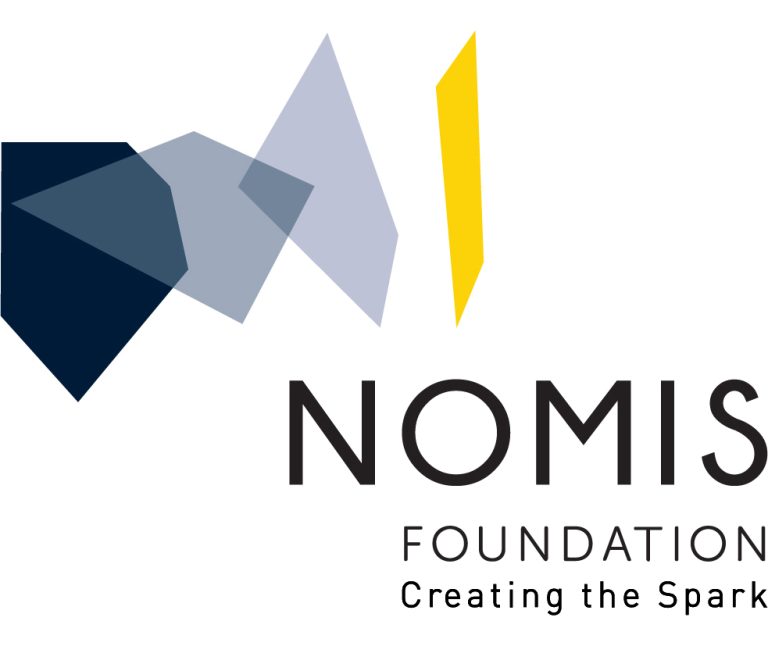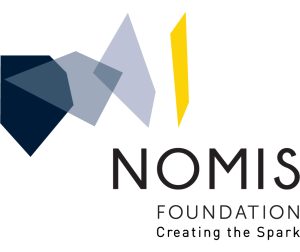Structural and functional changes in cortical and subcortical regions have been reported in behavioral variant frontotemporal dementia (bvFTD), however, a multimodal approach may provide deeper insights into the neural correlates of neuropsychiatric symptoms. In this multicenter study, we measured cortical thickness (CTh) and subcortical volumes to identify structural abnormalities in 37 bvFTD patients, and 37 age- and sex-matched healthy controls. For seed regions with significant structural changes, whole-brain functional connectivity (FC) was examined in a sub-cohort of N = 22 bvFTD and N = 22 matched control subjects to detect complementary alterations in brain network organization. To explore the functional significance of the observed structural and functional deviations, correlations with clinical and neuropsychological outcomes were tested where available. Significantly decreased CTh was observed in the bvFTD group in caudal middle frontal gyrus, left pars opercularis, bilateral superior frontal and bilateral middle temporal gyrus along with subcortical volume reductions in bilateral basal ganglia, thalamus, hippocampus, and amygdala. Resting-state functional magnetic resonance imaging showed decreased FC in bvFTD between: dorsal striatum and left caudal middle frontal gyrus; putamen and fronto-parietal regions; pallidum and cerebellum. Conversely, bvFTD showed increased FC between: left middle temporal gyrus and paracingulate gyrus; caudate nucleus and insula; amygdala and parahippocampal gyrus. Additionally, cortical thickness in caudal, lateral and superior frontal regions as well as caudate nucleus volume correlated negatively with apathy severity scores of the Neuropsychiatry Inventory Questionnaire. In conclusion, multimodal structural and functional imaging indicates that fronto-striatal regions have a considerable influence on the severity of apathy in bvFTD. © 2023, The Author(s).


